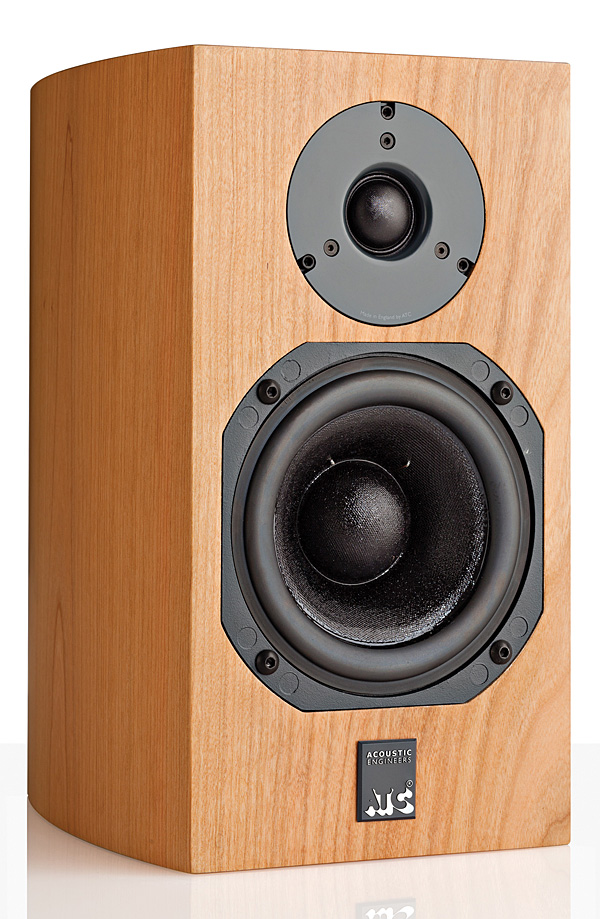| Columns Retired Columns & Blogs |
Hi John,
Thanks for the article. Would you know if this tweeter will be retro-fittable to the Classic Series active 50's, 100's, or 150's? If so, would it entail revision of the electronics, i.e., amps and/or crossover, to optimize for the different driver?
Thanks.
Sam







































